Happy June! I know we’re already several days in but I was in the woods for a couple of days in Great Smoky Mountains National Park with my friend Kim, making my annual pilgrimage to witness one of nature’s most magical displays–the famous Synchronous AND Blue Ghost fireflies. Each of these fireflies would be impressive all by themselves, so when the two combine–WOW, it’s amazing. Their lifecycles overlap so that for a few short weeks at the end of May, into June, both can be seen in the same habitats. The blue ghosts make trails of light near the forest floor while above them, the flashing synchronous fireflies go dark for several seconds, then start up again. I know I’ve said this before, but if you want to see one of nature’s great spectacles, make a plan to visit GSMNP in early June. These fireflies are definitely worth a trip! (Want to learn more about fireflies? Here are ten things you might not know.)

So yes, already another month. Let’s look at some natural history events we can expect to see in June, starting with what’s blooming this month:
Galax
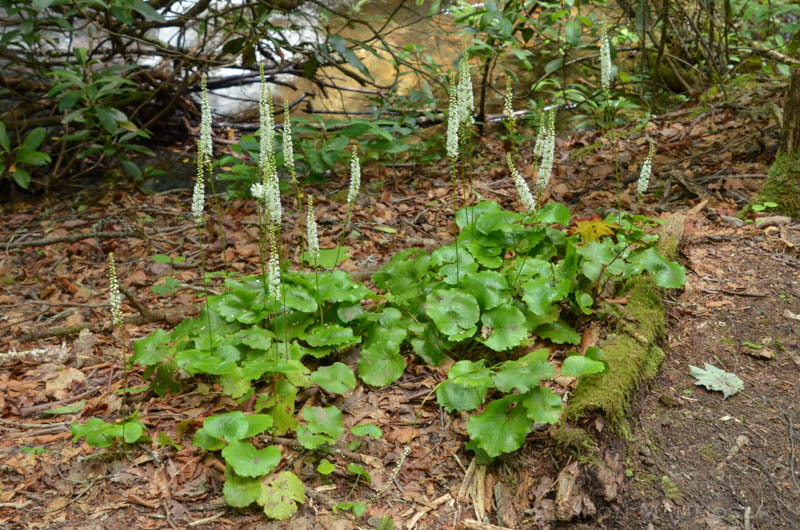
Umbrella Leaf flower

Mountain Laurel and Rosebay Rhododendron
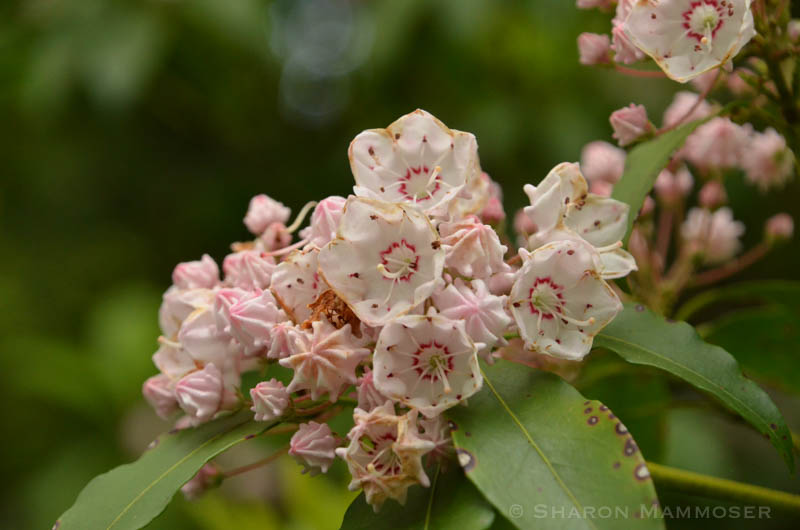
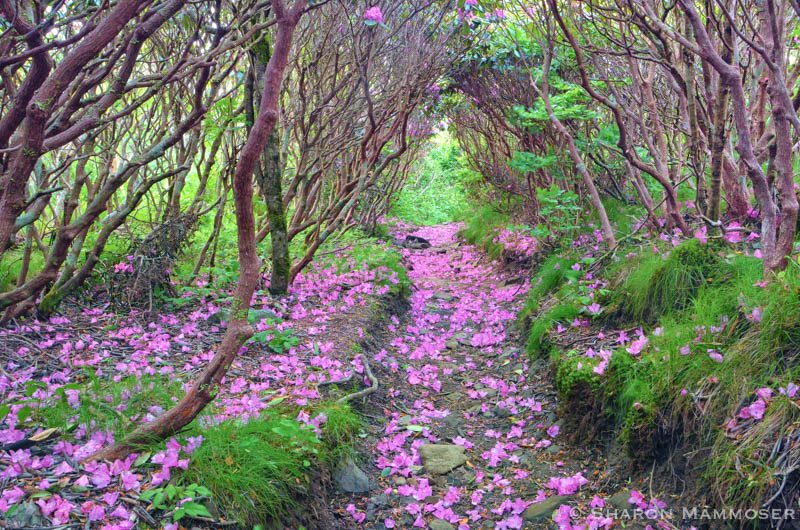


Fireflies are active, look for them in a field near you! Or maybe even in your own backyard. Want to protect fireflies? Here are three things you can do to make a difference: 1.KEEP THE NIGHT DARK by installing motion sensors on your lights instead of leaving them on all night, or better yet, put them on switches so you can turn them on and off only when you need them. 2. Don’t use pesticides in your yard. 3. Leave the leaf litter alone and consider keeping an area of your lawn or yard wild for wildlife. If everyone did these three simple things, we could make such a difference for fireflies and other wildlife.
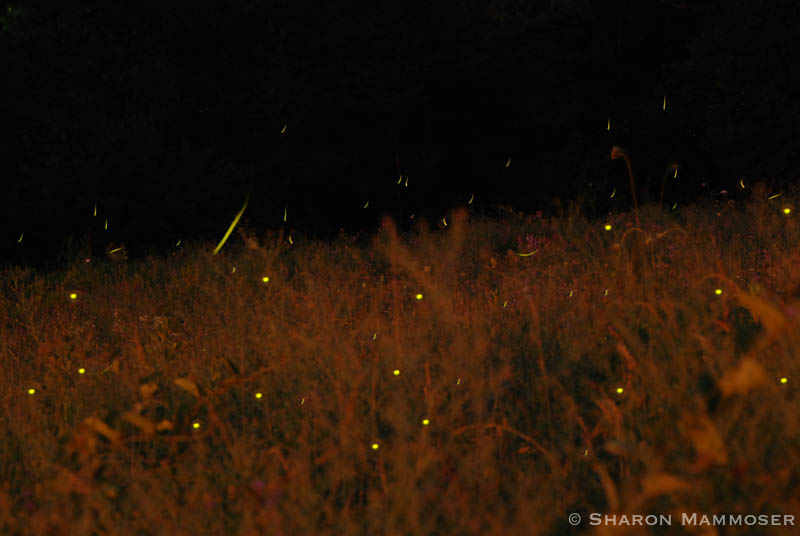
White-tailed deer have their fawns.
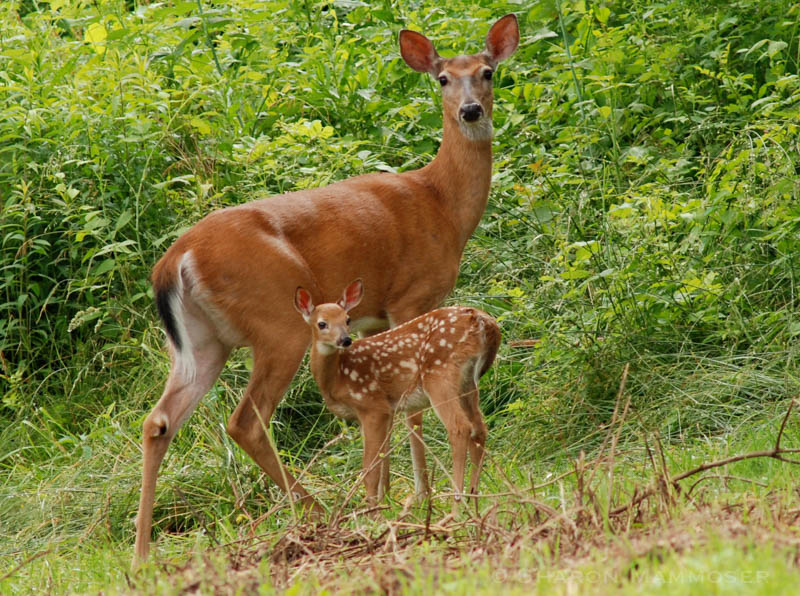
And speaking of white tailed deer, please know that if you find what appears to be a lost or abandoned fawn, the best thing you can do is to leave it alone. Know why? Because when fawns are young they have little scent and mama will leave them alone in the forest, undetected by predators like fox, coyotes or dogs. The deer may appear to be abandoned, but rest assured, Mama deer is close by and will return to care for the fawn. Every June lots of well-meaning people see a fawn, think it’s abandoned, and pick it up, taking it to their local animal shelter when in reality this is the very WORST THING they can do! If you see a fawn alone, please, please, please, just leave it alone.
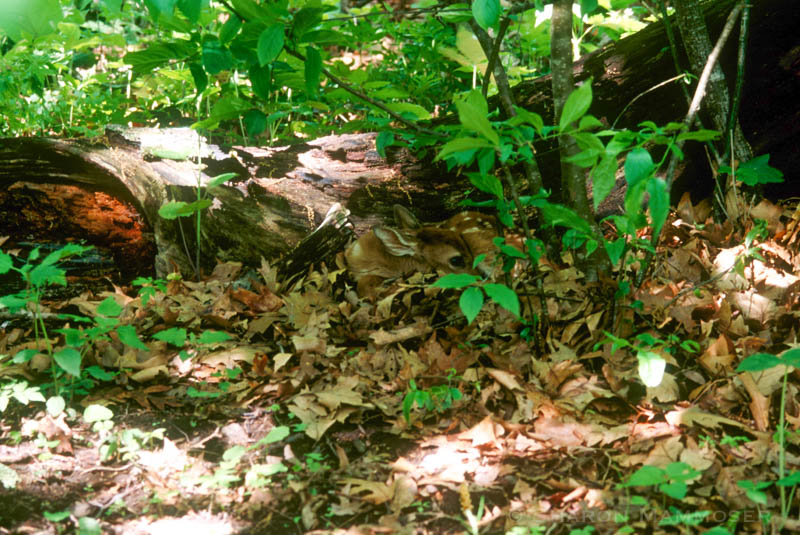
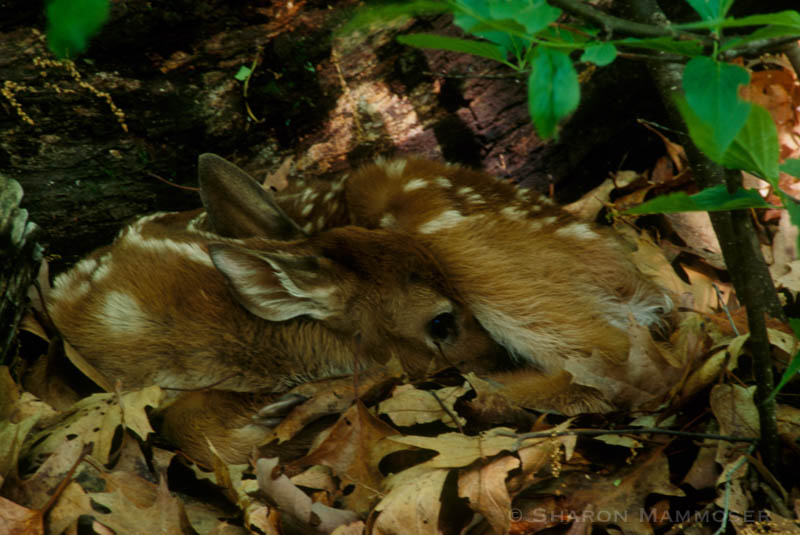
Monarch butterflies return from Mexico and make their way north. Look for their tiny, pearl-like eggs on the undersides of Milkweed leaves. Want to help the Monarchs? Then plant Milkweed! And other pollinator friendly plants in your yards and gardens.

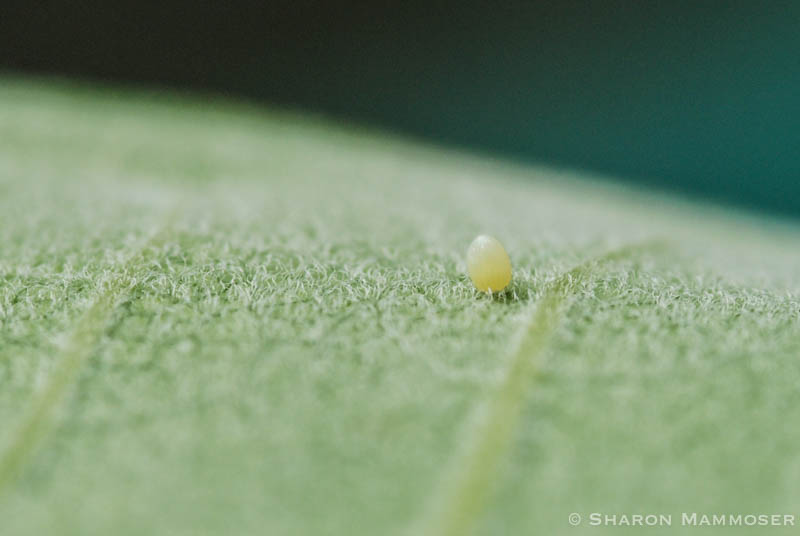
Love is in the air as butterflies, beetles, birds and other animals mate and lay eggs.
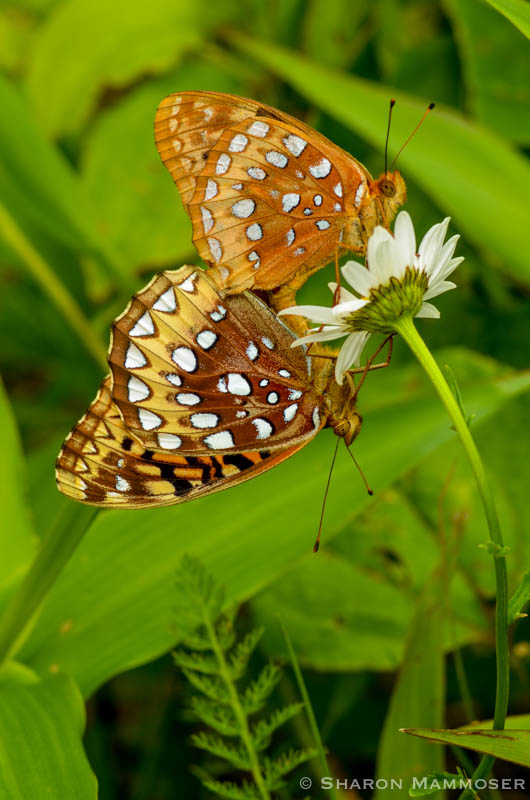
Robins, bluebirds, wrens, and other birds are raising babies.
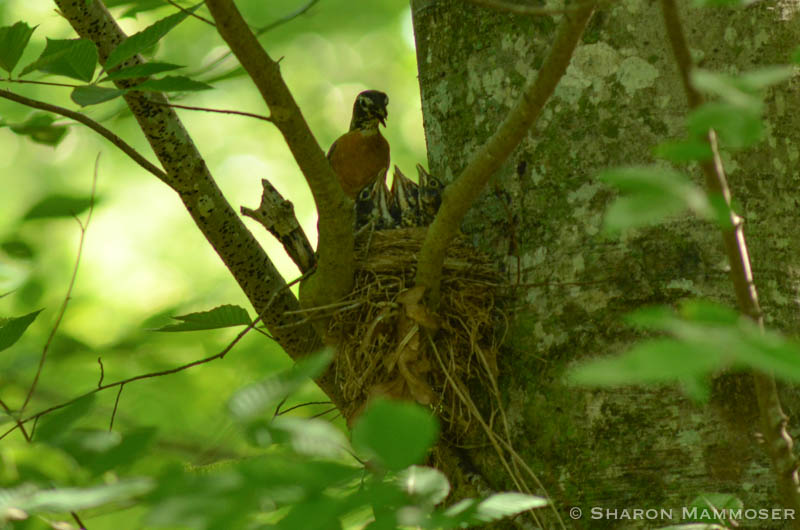
What’s your favorite natural history event that happens in the month of June? What things should I add to the list? What changes are you seeing in a forest or field near you? As always, I’d love to hear from you! Use the comment box below.

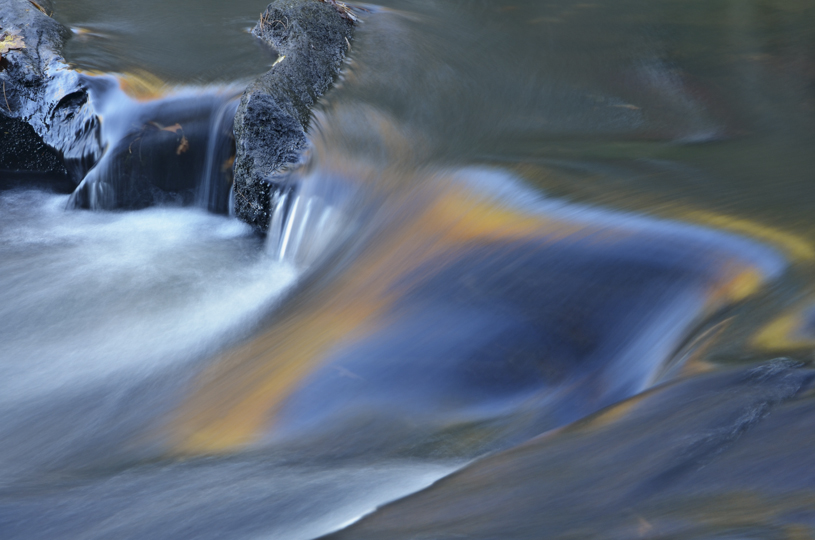
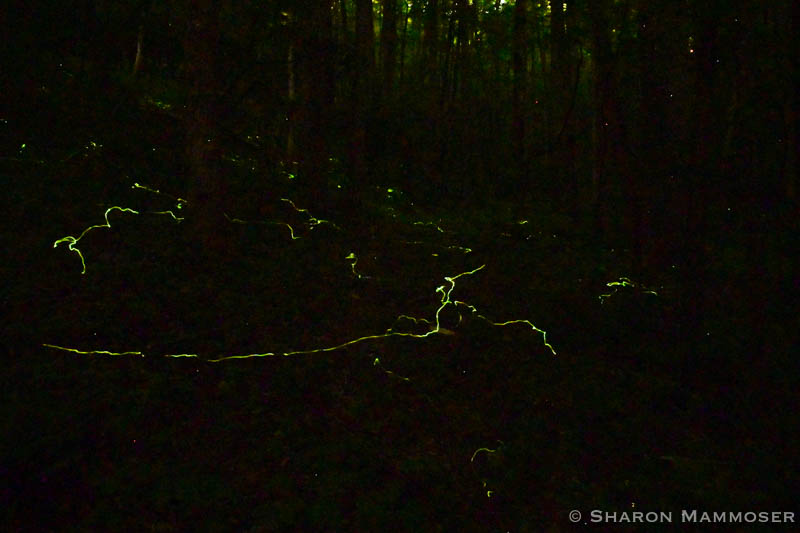
Your photos, Sharon are SO gorgeous!!!! You need to be publishing nature photo books!!!
Rose, thank you for the compliment! I have wanted to do that for a long time— maybe now I need to focus on making that happen. Thanks for taking the time to read the post and comment.